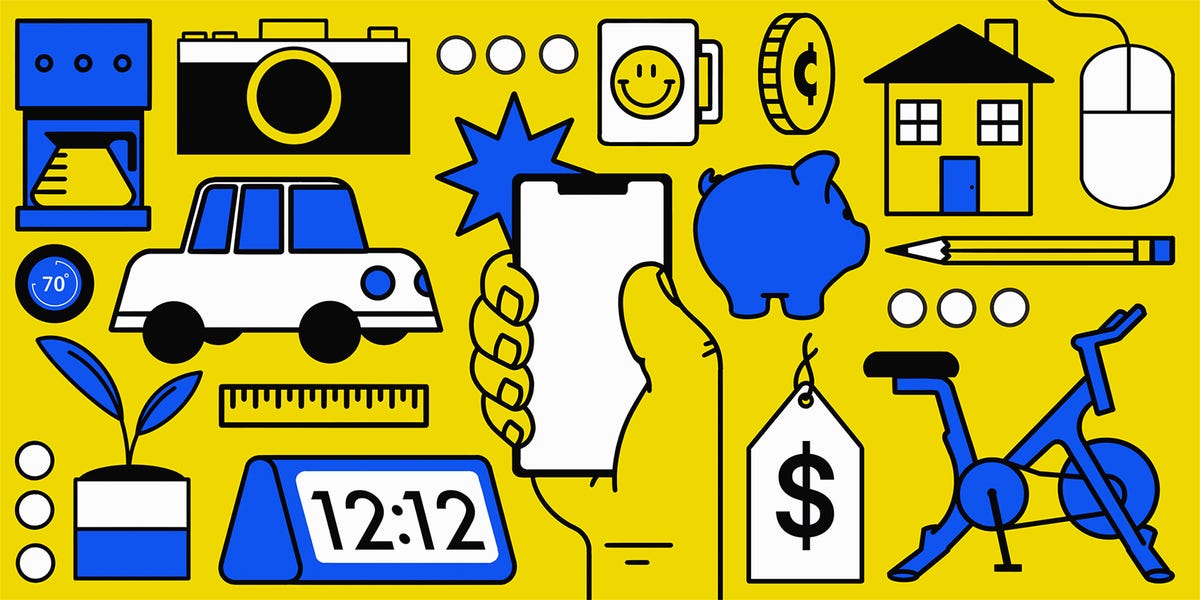cross-posted from: https://lemmy.dbzer0.com/post/8400180
The concept that the 1% (or the most affluent and powerful segment of society) is actively preventing true ownership of the things we buy isn’t a universally accepted notion.
Instead, it’s often discussed in the context of broader economic systems and practices that can restrict the sense of true ownership.
Here are several ways in which systems, policies, or practices can be seen to limit ownership, which some might attribute to the influence of the very wealthy or powerful corporations:
Digital Rights Management (DRM): This technology restricts how digital content (e.g., e-books, video games, music, movies) can be used by consumers. For example, you may not be able to share an e-book or transfer it to another device due to DRM, limiting your control over the purchased product.
Software as a Service (SaaS): Many companies have moved away from selling software as a one-time purchase to a subscription model, where users pay to access software on a monthly or annual basis. This means the user never truly owns the software and will lose access if they stop their subscription.
End User License Agreements (EULAs): These agreements often contain clauses that limit how consumers can use products and can include provisions that prevent ownership transfer, modding, or reverse engineering.
Proprietary Parts and Repair Restrictions: Some manufacturers use proprietary components and restrict third-party repairs (also known as “Right to Repair”). This forces consumers to use the manufacturer’s own services, which can be more expensive and further distances the owner from truly “owning” their product in terms of being able to maintain or modify it.
Planned Obsolescence: Some argue that companies design products with a limited lifespan to encourage consumers to buy newer models. This practice means that even if one “owns” a product, its usefulness is artificially limited.
Intellectual Property Laws: These laws can be used to create monopolies over knowledge and innovation, which can limit consumer rights to use and modify the products they purchase.
Subscription-based Models: Companies are increasingly pushing towards subscription models for various goods and services, from vehicles to clothing. These models can undermine traditional ownership by making it more financially advantageous or convenient to rent or subscribe rather than own outright.
Real Estate Investment Trusts (REITs) and Large Corporate Landlords: There’s a perception that these entities buy up substantial amounts of property, making it difficult for individuals to purchase a home due to increased prices and limited supply.



Why does this read like a list written by chatGPT?
That was my immediate thought. This is obviously the output of an LLM.
Prompt: “list the ways the 1% (or the most affluent and powerful segment of society) is actively preventing true ownership of the things we buy”